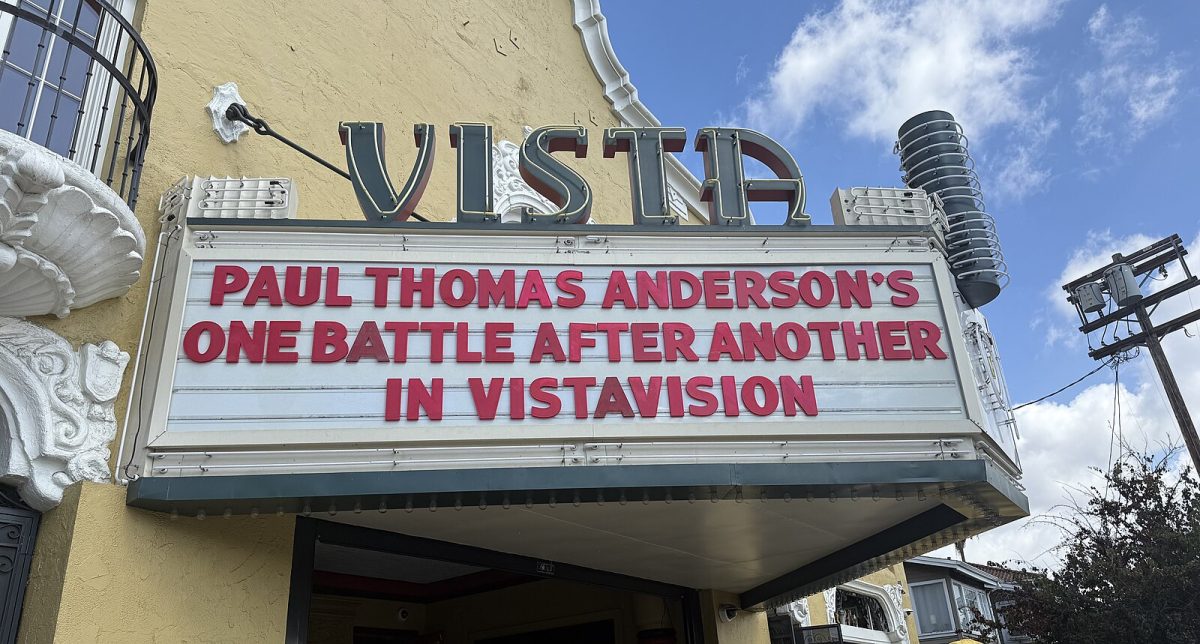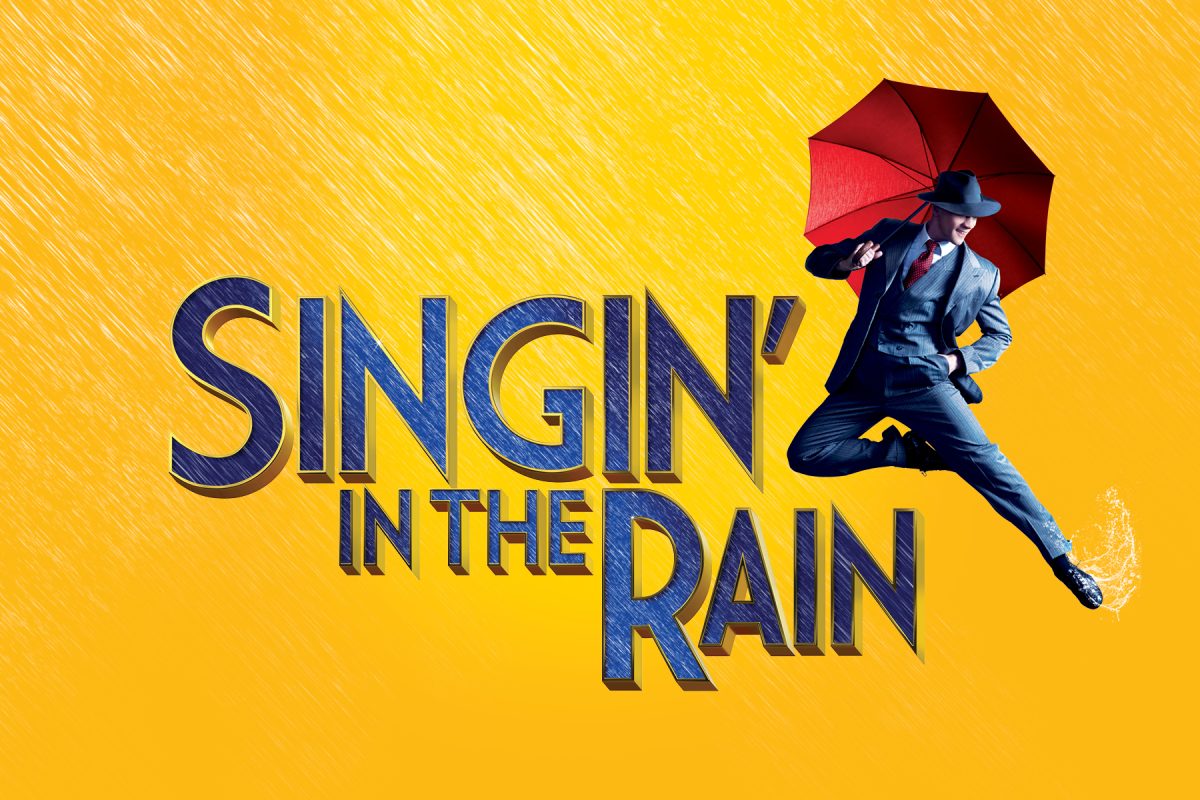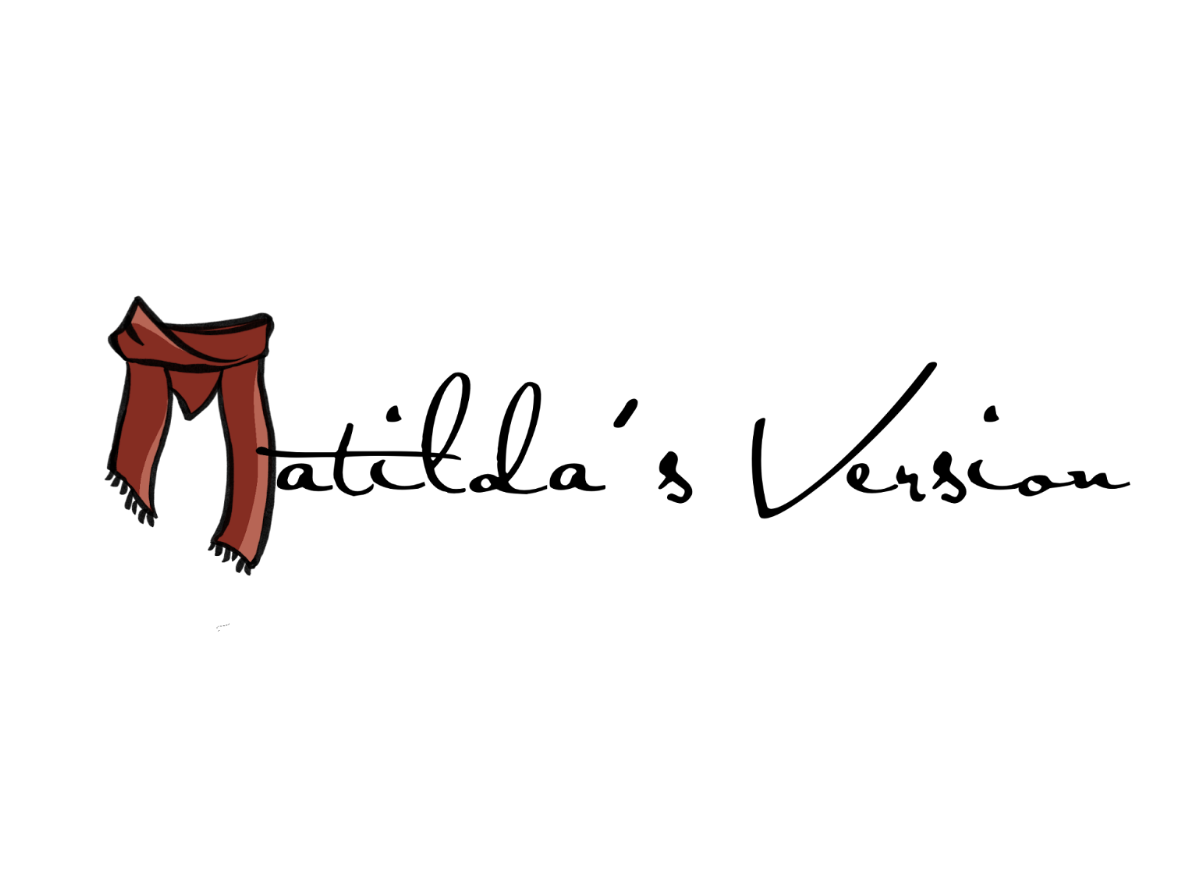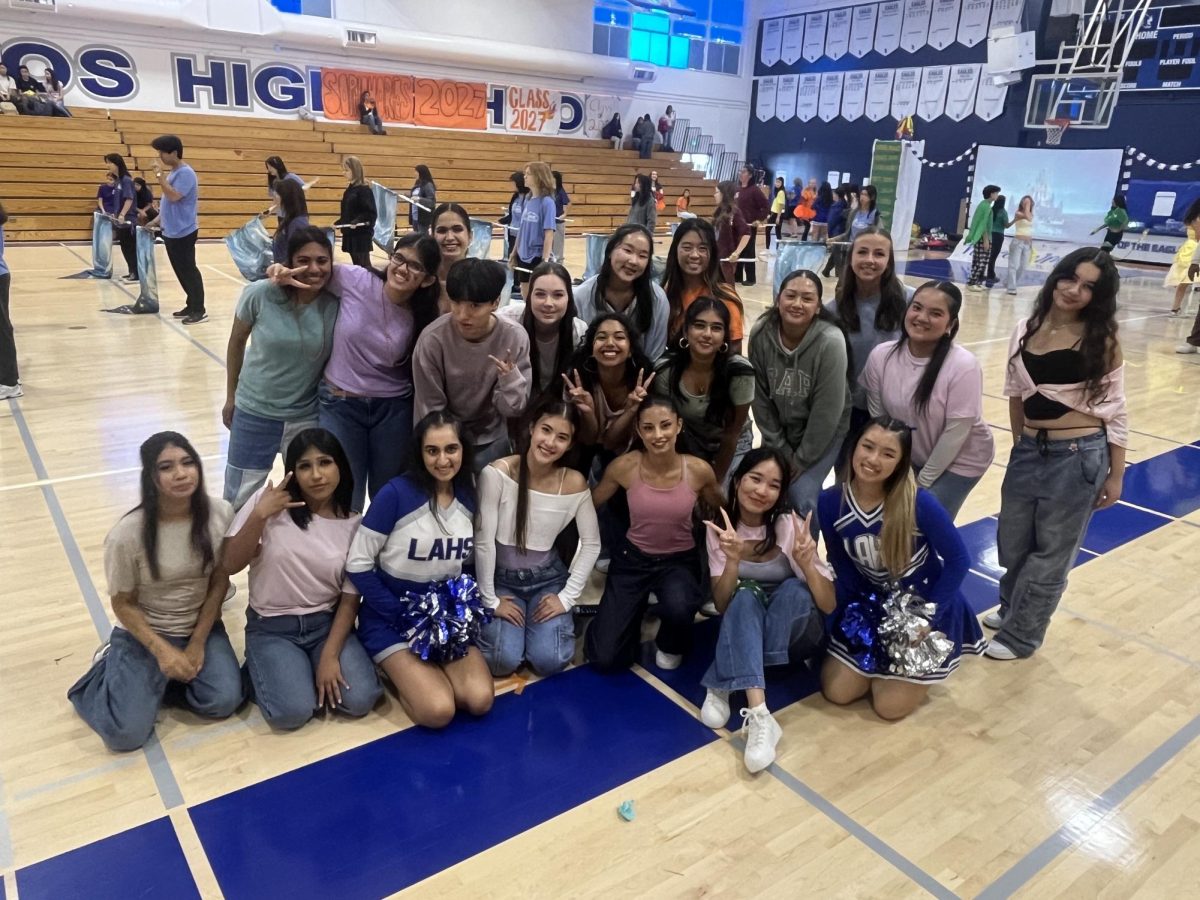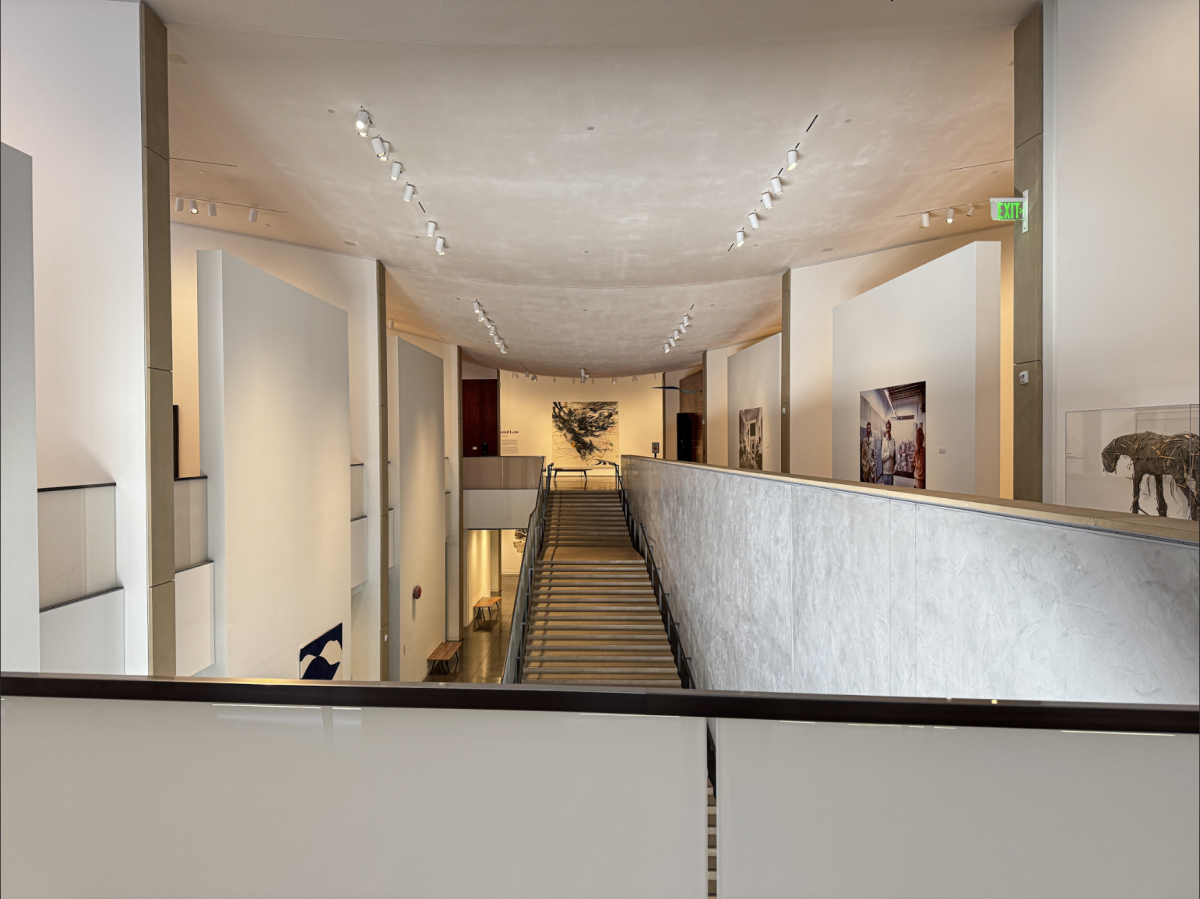“The revolution will not be televised.” That’s the central message of Paul Thomas Anderson’s newest movie, “One Battle After Another,” which raises important issues such as immigrant control, fascism and racist fear-mongering happening in our government amid rising tensions around Trump’s policies.
The movie explores themes of resistance to fascist government powers in the modern day. Taking place over 16 years, the film is set in a country run by the Christmas Adventures Club, a corrupt right-wing, fascist and white supremacist secret society run by politicians and influential figures in society.
The opposition from the group is the French 79, a far left group whose slogan is, “Free borders, free bodies, free choices and free from fucking fear.” French 79’s first mission shown is to release all of the Hispanic people in the Otay Mesa Detention Center, a real facility used by Immigration and Customs Enforcement (ICE) in the U.S.
The use of a real ICE building intentionally connects the movie’s government to mirror what our government is doing today: deporting people regardless of their documentation status. The scene of these detention centers, reflecting our government’s current actions, leaves viewers feeling dread and unsettled by the direction our country is headed.
A character vital to the story is Steven Lockjaw — a violent white supremacist in a high position of power who believes in having an all-white America— reflects the dangers of hypocrisy within the government. While being interviewed for the Christmas Adventure Club, he is asked if he has ever had relations with Black women. Lockjaw denies it, though in truth, he loves Black girls. His hypocrisy reflects that of our government officials, such as Mitch McConnell, who voted against legislation protecting interracial marriages despite being in one himself.
A later scene set in Oakland depicts a large peaceful protest, showing hundreds of people of all ages in the streets protesting, speaking out against the injustice of Hispanic people being taken from their families and forced into detention centers. What begins as a peaceful protest turns nasty as military forces throw tear gas into the horde, turning the peaceful protest into a violent riot.
This scene is a model of how peaceful protests can quickly become deadly riots. The mass protests being held in places such as Los Angeles and Portland become violent once militarized forces start to initiate force.
“One Battle After Another” mirrors the current U.S. political climate, from how we have a criminal in office to government officials who constantly contradict themselves. This movie warns us about what our government is becoming, and how we have to begin fighting against our own government to prevent “One Battle After Another” from becoming nonfiction.



